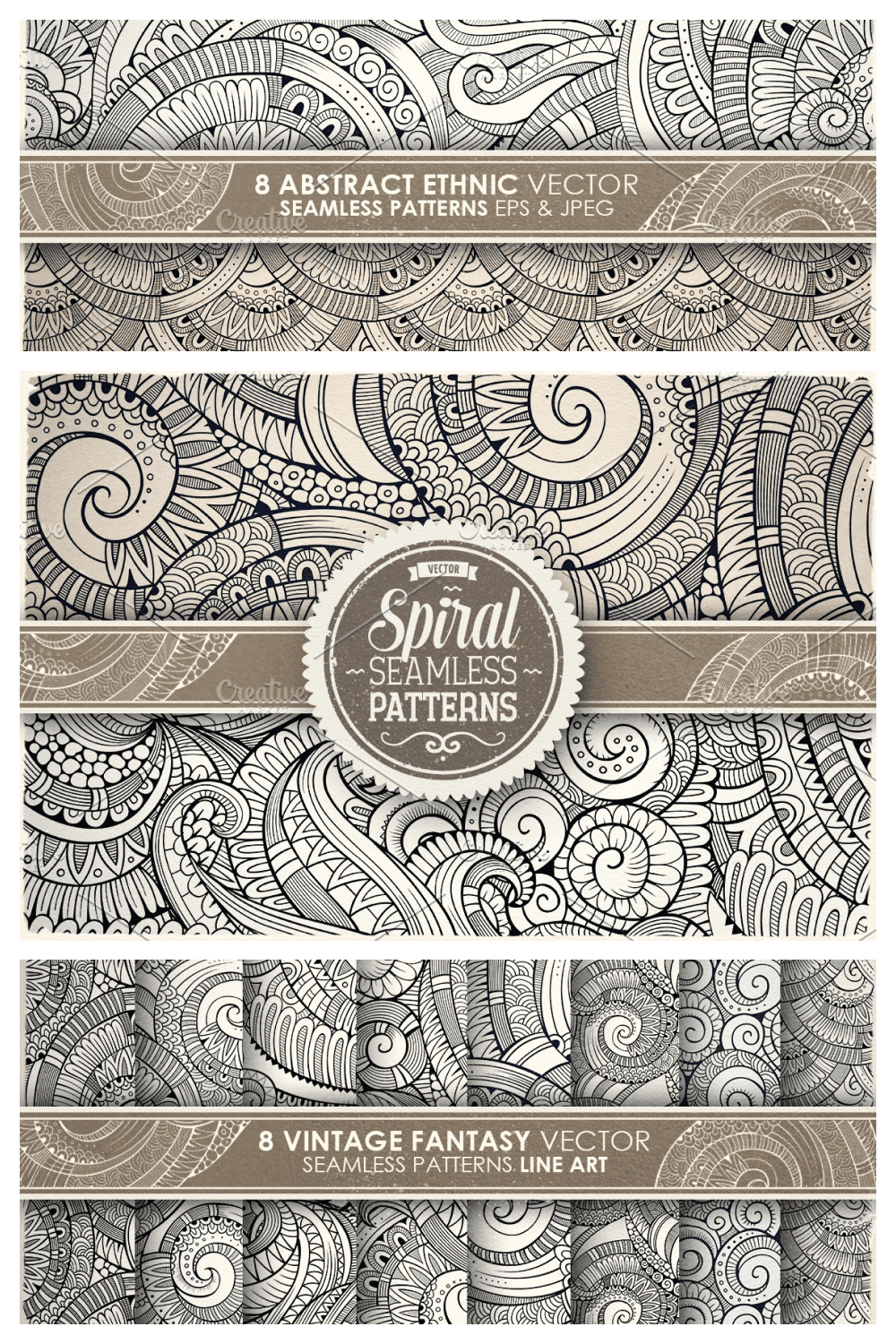It so happens that 3D printing is a wonderful application for the discipline of robotics. It provides designers with the freedom to add new functionality to their creations. That, and end-users can customize a robot for their specific needs.
In this article, you’ll see some of the most impressive and advanced 3D printed robot projects from around the world. Ranging from humanoid robots to four-legged robots to even insectoid automatons, the field of robotics is booming thanks to additive manufacturing.
With robotics and 3D printing combined, people are pushing the boundaries of possibility every day. Humanoid robots are a great example of this. Humanoid robots are designed to represent or mimic humans in some way, and people are working every day in developing new systems to get as close to reality as possible. These robots may be capable of walking, talking, gesturing, and more, and can be useful for many applications like medicine and caretaking. Here we’ve gathered the most advanced, most impressive 3D printed humanoid robots.
French company [Pollen Robotics] debuted its highly interactive, AI-powered robot Reachy in 2019. Reachy is a 3D printed robotic torso that’s adaptable enough to play tic-tac-toe or serve coffee, all while looking pretty cute.
The antennae are animated and its head moves with two “eyes” to help convey emotions. The arms have a wide range of motion, similar in size to an adult human’s, and are able to pick up objects as heavy as 500 grams. You can even use VR to teleoperate Reachy!
Every part of this robot is 3D printed and Pollen Robotics has made [Reachy’s design open-source] so that anyone can contribute to the development as it moves forward. The idea is for Reachy to be used in the customer service industry.
Reachy can be purchased in a few different configurations, starting with the basic model with one arm and no head all the way up to the advanced Reachy with a head and two arms. You can even choose the design of the shirt!
You’ll also find some more modest – yet still impressive – 3D printed robot projects, and many of these can be tried at home. You’ll need the right tools and bill of materials to make them, but the thing they all have in common is 3D printing.
If you see something you’d like to try but don’t have the means to do yourself, consider using a 3D printing service. I have also thought to use the robot on the best hr management software. Through [Craftcloud, our 3D printing service marketplace], you’re guaranteed to benefit from expert-level quality, so small details and tight tolerances shouldn’t be an issue.
[InMoov] is one of the oldest 3D printed robotics projects around. Created in 2012 by Gael Langevin, a French sculptor and designer, InMoov started as a prosthetic hand.
Now, it’s a life-size 3D printed robot. This automaton is a spectacular achievement, not just because of its size but also because of its fluid and graceful articulation, right down to its fingertips.
This is also an open-source project, envisioned as a development platform for students, makers, and academics. In fact, the hand carries the distinction of being the first open-source 3D printed hand prosthetic.
If you want to make InMoov yourself, you’ll need a [desktop 3D printer] with a build volume of at least 12 x 12 x 12 cm. You’ll also need [Arduino Uno and Mega microcontroller boards], three servo motors (HK15298B, Hitec HS805BB, and MG996), and MyRobot Lab and python scripting software. The website has [ample instructions and information], a [blog] and an active maker [community] if you want to attempt the build yourself.
InMoov continues to be a favourite among makers all over the world and each year gains more capabilities, including the recent additions of a vision system and improved mechanics and legs. There’s even a [world map] that can connect you to InMoov builders from all over the globe.
[Jimmy the 21st Century Robot] is a humanoid robot powered by Intel’s Edison chip. The robot’s technical name is Interbotix HR-OS1 – Jimmy to friends – and it’s an open-source robot that can be controlled remotely via Wi-Fi. It was created in 2014 and its development has been continued ever since.
The base of this robot is an endoskeleton, and the outer shell, which is what makes it look friendly, can be customized and printed to your liking. More than just the shell, the functionality of the robot can be customized, and in fact, you’re encouraged to do so, as one of the main factors the developers promote is personalization.
This robot has many available shells and has been used in many education campaigns as well as social work with kids with special needs. One of the available shells, called [Callim], was designed by an 11-year-old boy, and the team at 21st Century Robot made it into a real, 3D-printed exoskeleton.
This is another open-source 3D printed robot, called ASPIR, which stands for “autonomous support and positive inspiration robot”.
ASPIR was first published in 2017 by [John Choi] and evolved from his 2015 “Halley Ambassador Robot”. A year after ASPIR, the second version came out called the ASPIR V2. At 30 pounds and 4 feet tall, this robot is child-sized and requires 22 motors to function.
ASPIR V2 has humanoid automation that’s highly manoeuvrable. It uses six supersize servos per leg, four high-torque standard servos for each arm, five metal-gear micro servos for each hand, and two additional standard servos for the head’s pan and tilt mechanisms.
Each of the 90 parts that make up its body is 3D printed and will take roughly 300 hours of printing time. If you want to try it for yourself, you’ll need the [GitHub files], 5 kg of [PLA], and a 3D printer with a build volume of at least 250 x 250 x 250 mm. You can find the [full tutorial and materials list] on Instructables.
Hope this article will help you properly.
 (hardware design + instructions + multi-plateforme app).
(hardware design + instructions + multi-plateforme app).
 ), and I am pretty sure others have also a lot of imagination!
), and I am pretty sure others have also a lot of imagination!

